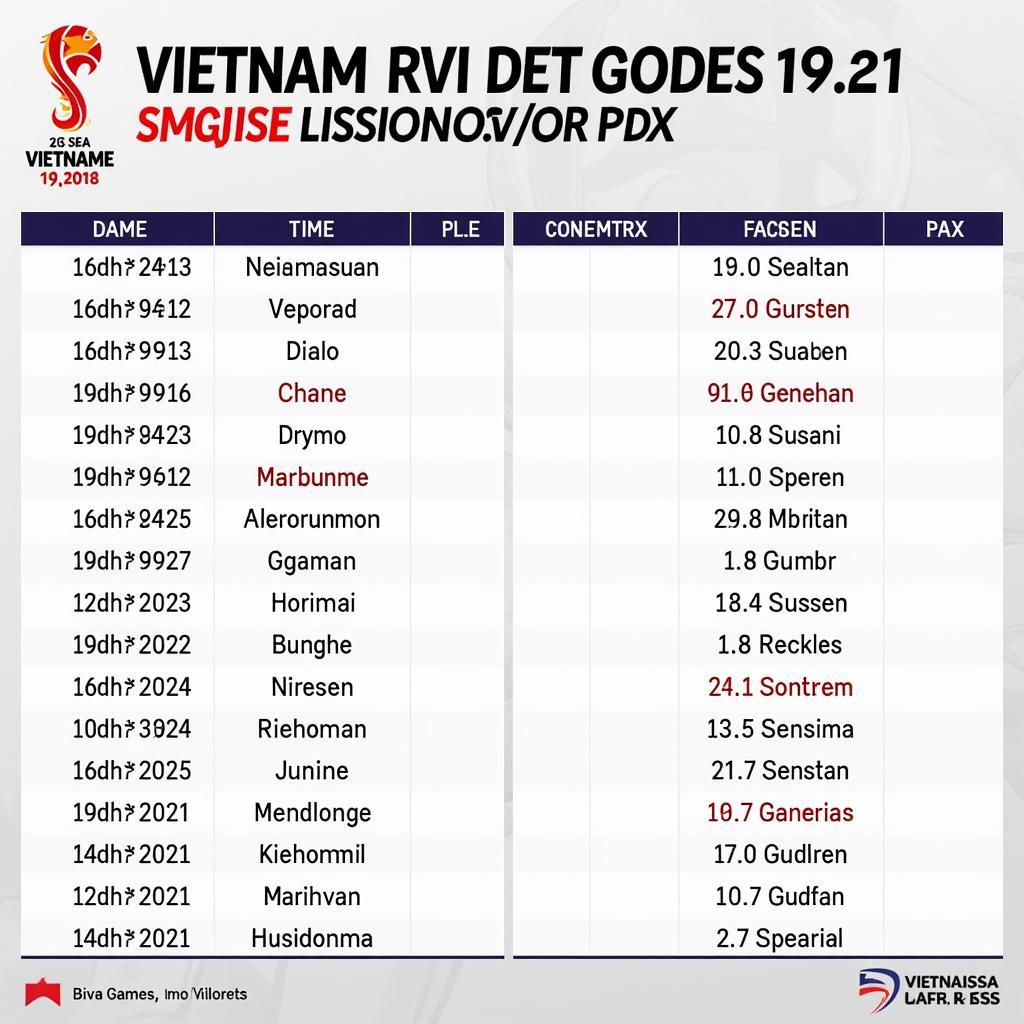Crafting a compelling CV (Curriculum Vitae) in English is crucial for job seekers worldwide. Your CV is often the first impression you make on potential employers, so it’s vital to create a well-structured and impactful document that showcases your skills, experience, and qualifications effectively.
This comprehensive guide will provide you with a step-by-step approach to writing a professional CV in English that captures attention and increases your chances of landing an interview.
Understanding the Importance of a Well-Written CV
Before delving into the specifics, let’s understand why having a well-written CV is paramount in today’s competitive job market.
Your CV serves as a marketing tool, highlighting your unique selling points and persuading employers why you are the ideal candidate for the position. A poorly structured or poorly written CV can lead to missed opportunities, while a well-crafted one can significantly increase your chances of securing an interview.
Choosing the Right CV Format
Selecting the appropriate format for your CV is essential for readability and clarity. The three most common CV formats are:
-
Chronological: This traditional format lists your work experience in reverse chronological order, highlighting your career progression. It’s suitable for individuals with a consistent work history and seeking roles within the same industry.
-
Functional: This format focuses on your skills and abilities rather than chronological work experience. It’s ideal for career changers, freelancers, or individuals with gaps in their employment history.
-
Combination: As the name suggests, this format combines elements of both chronological and functional formats. It allows you to highlight both your skills and work experience, making it a versatile option for many job seekers.
The best format for you will depend on your background and the specific job requirements.
Essential Elements of a Professional CV
A professional CV in English typically includes the following sections:
1. Contact Information
Your contact details should be prominently displayed at the top of your CV. Include your full name, phone number, email address, and professional social media profiles (e.g., LinkedIn).
2. Personal Statement/Profile
This concise and impactful paragraph provides a summary of your skills, experience, and career aspirations. It’s your chance to make a strong first impression and entice the reader to learn more about you.
3. Work Experience
This section details your previous employment history. List your roles in reverse chronological order, including the company name, your job title, and the dates of employment. Use action verbs to describe your responsibilities and achievements in each role.
4. Education
List your educational qualifications, starting with the most recent. Include the name of the institution, degree earned, and graduation date. If you have relevant certifications or licenses, include those in this section as well.
5. Skills
Highlight your technical and soft skills that are relevant to the jobs you’re applying for. Use a combination of keywords from the job description and your own assessment of your abilities.
6. References
It’s generally not necessary to include references on your CV. Simply state “References available upon request” at the end of your document.
Writing Style and Language
When writing your CV in English, use clear, concise, and professional language. Avoid jargon, slang, and overly complex sentence structures. Proofread your CV meticulously for any grammatical or spelling errors.
Tailoring Your CV for Each Application
One of the most critical aspects of writing a successful CV is tailoring it to each job application. Carefully review the job description and highlight the skills and experiences that align with the specific requirements of the role.
Conclusion
Writing a professional CV in English is an essential step in your job search journey. By following the tips and guidelines outlined in this article, you can create a compelling and effective CV that showcases your qualifications and increases your chances of landing your dream job. Remember to proofread carefully and tailor your CV for each application to make it stand out from the competition.
FAQs
1. How long should my CV be?
Ideally, your CV should be no longer than two pages.
2. Should I include a photo on my CV?
Unless specifically requested, it’s generally not necessary to include a photo on your CV.
3. What should I do if I have gaps in my employment history?
Be prepared to address any gaps in your employment history during an interview. You can also use a functional CV format to highlight your skills and experience rather than chronological work history.
4. How often should I update my CV?
It’s good practice to update your CV regularly, even if you’re not actively seeking new opportunities. This ensures that your CV is always up-to-date and reflects your latest skills and experience.
5. Can I use a CV template?
Yes, you can use a CV template as a starting point. However, be sure to customize the template to reflect your unique qualifications and experiences.
Need Help with Your CV?
Crafting a professional CV can be a daunting task. If you’re struggling to create a CV that effectively showcases your skills and experience, we can help.
Contact us at 02033846556 or email us at lichthidaubongda@gmail.com. You can also visit us at 178 Ba Lan, Giếng Đáy, Hạ Long, Quảng Ninh, Vietnam. Our team is available 24/7 to assist you with all your CV writing needs.
Explore our other helpful resources:
We’re here to help you succeed in your job search!


